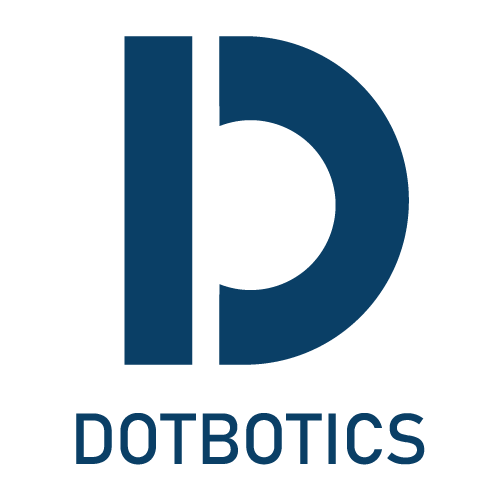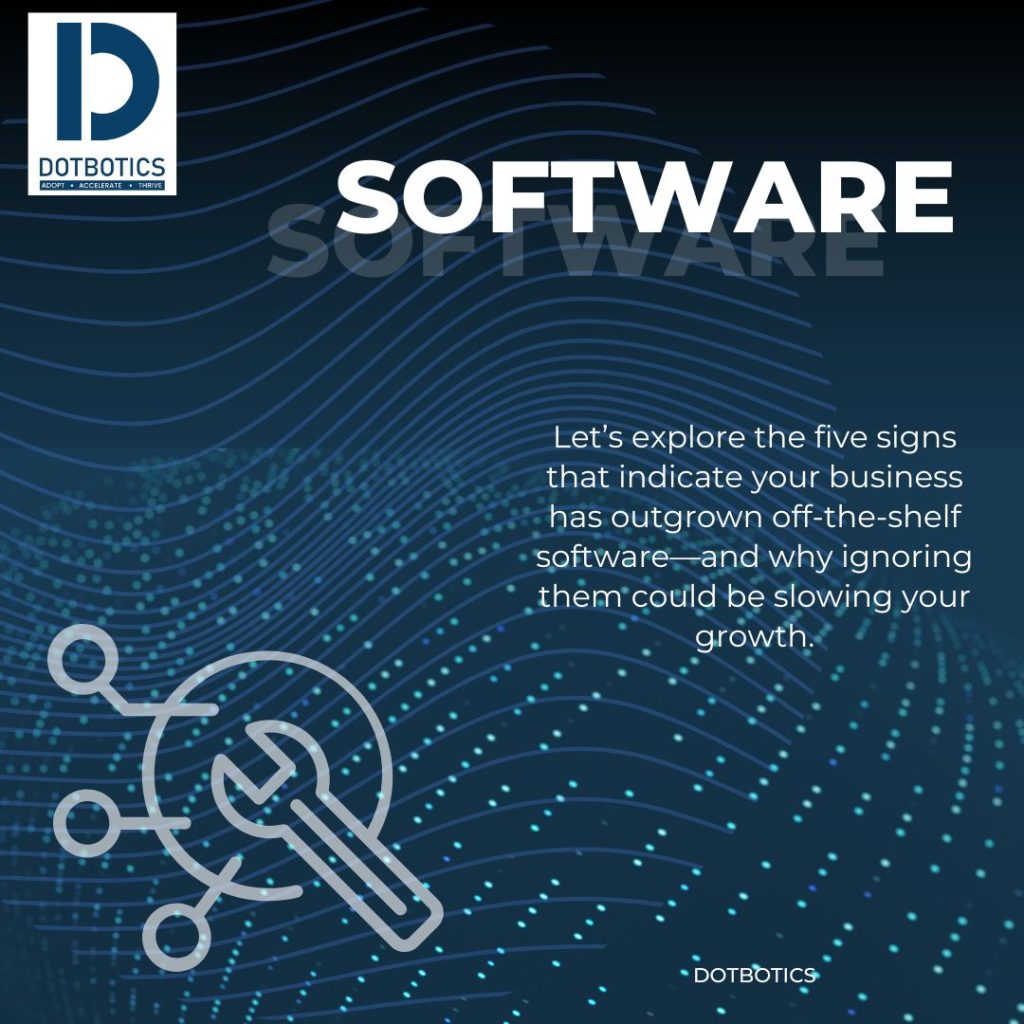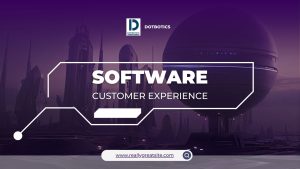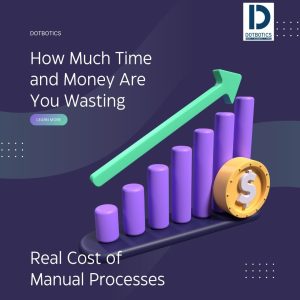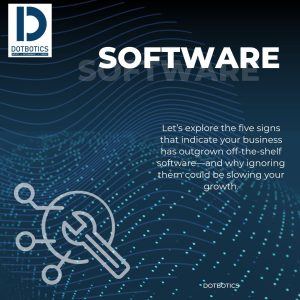In the fast-paced world of modern business, efficiency isn’t just a nice-to-have—it’s a necessity. A lot of growing businesses begin with off-the-shelf software since it offers a budget-friendly option, is simple to set up, and delivers quick fixes for their immediate needs. But as your business expands, you may notice that the same software that once helped you is now holding you back. These hidden inefficiencies cost time, money, and opportunities, often without you realizing it.
So how do you know when it’s time to move beyond generic systems and consider something more customizable, like an Enterprise Resource Planning (ERP) solution?
Let’s explore the five signs that indicate your business has outgrown off-the-shelf software—and why ignoring them could be slowing your growth.
- Your Teams Are Drowning in Manual Work
If your employees are spending hours entering data, managing spreadsheets, or repeating tasks across multiple platforms, it’s a clear red flag. Pre-packaged software frequently struggles to connect smoothly with other tools, leaving teams to rely on time-consuming workarounds.
Manual work isn’t just tedious—it’s costly. Mistakes made by people can result in inconsistent data, inaccurate reports, and slower decision-making. Over time, these inefficiencies multiply and impact your productivity.
Pro Tip: A customizable ERP automates repetitive tasks, connects different departments, and creates a single source of truth—reducing errors and freeing your team to focus on strategy rather than data entry.
- Your Software Can’t Keep Up With Your Growth
What worked when you had ten employees and a small client base may not work when your customer list has tripled, or you’ve expanded into new markets. Off-the-shelf tools are designed for “average” businesses, not ones that scale aggressively.
If your system is struggling with performance issues, storage limitations, or user restrictions, it’s a sign you’ve outgrown it. Growth is exciting, but it also introduces complexity in areas like inventory, customer management, compliance, and financial reporting.
Pro Tip: With a scalable ERP solution, you can add new features and capabilities as your business grows, without overhauling your entire system every few years.
- Managing several systems that don’t integrate
Do you find yourself juggling multiple platforms for accounting, CRM, HR, and inventory management? This “patchwork” approach creates silos, making it nearly impossible to see the big picture. Employees spend valuable time transferring data between systems, often resulting in inconsistencies.
Disconnected tools mean your reports are outdated or inaccurate, leaving leaders without the insights they need to make quick decisions. This lack of visibility is one of the hidden costs of inefficiency—you miss opportunities because you simply don’t have the right information at the right time.
Pro Tip: With an ERP, every core process is streamlined and managed through one centralized system. From sales to supply chain, everything works together, giving leaders real-time insights to drive better decision-making.
- Customer Experience Is Starting to Suffer
Your customers can feel the effects of inefficiency, even if they don’t know what’s causing it. Delayed deliveries, billing errors, or slow customer support responses often stem from outdated software that can’t keep up with demand.
Modern markets are more competitive than ever, and customers now demand greater value and service. If your software can’t provide real-time order tracking, accurate billing, or seamless communication, you risk losing customers to competitors who can.
Pro Tip: A customizable ERP ensures smooth workflows across departments, so your customers get faster responses, accurate information, and a consistently positive experience.
- Reporting Feels Like a Constant Struggle
Data is the backbone of strategic decision-making. But if creating reports in your current system requires hours of manual work, exporting data to Excel, and endless formatting, your business is running blind.
Generic software often comes with limited reporting tools that can’t keep up with complex requirements. Without accurate, real-time data, you can’t identify inefficiencies, forecast demand, or track performance effectively.
Pro Tip: ERP solutions come with robust, customizable reporting features. You can create dashboards tailored to your KPIs, helping leaders make data-driven decisions quickly and confidently.
The Hidden Costs You Can’t Afford to Ignore
At first glance, sticking with off-the-shelf software might seem cost-effective. But the reality is that inefficiency is expensive. Every manual process, delayed report, or lost customer opportunity comes with a price tag. These hidden costs accumulate quietly but significantly.
Think of it this way: while off-the-shelf software may save you money upfront, the long-term price of inefficiency—lost productivity, errors, poor customer experiences—can be far greater. A customizable ERP isn’t just an upgrade; it’s an investment in your company’s future growth.
Final Thoughts: Time to Rethink Your Business Tools
Identifying that your existing systems no longer meet your needs is the starting point to reducing inefficiencies. If you’ve noticed any of the signs above—manual work overload, growth challenges, disconnected tools, poor customer experiences, or weak reporting—it may be time to explore a customizable ERP solution.
By addressing inefficiencies head-on, you unlock smoother operations, stronger customer relationships, and more sustainable growth. Don’t let hidden costs drain your resources—equip your business with the tools it needs to thrive.
